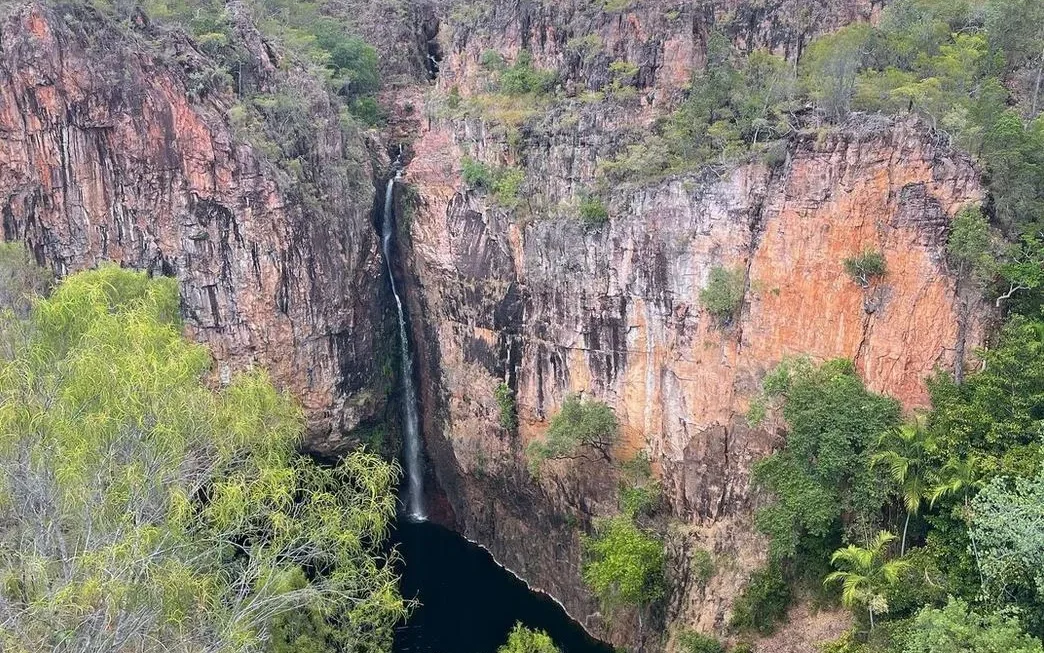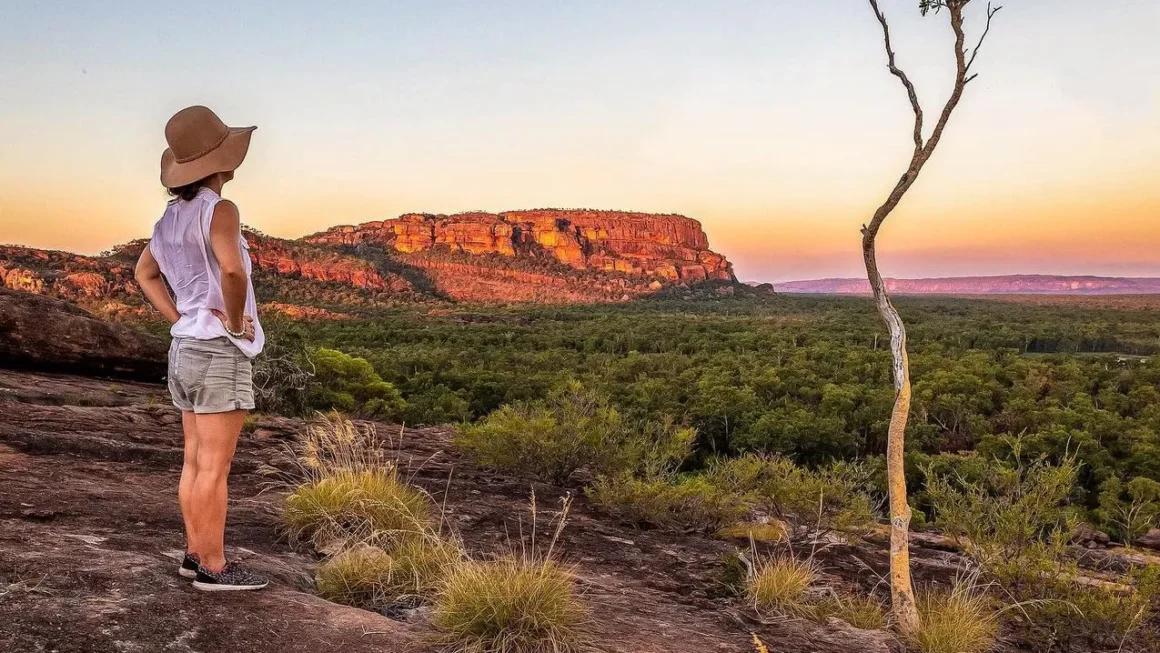It’s a frustration every nail polish lover knows: you’ve just applied a fresh coat of your favorite color, and within a day or two, it’s peeling off in sheets. Not only is it unsightly, but it also defeats the purpose of spending time on your manicure routine. The peeling of nail polish in such a manner can often be attributed to a few key factors, including improper nail preparation, application errors, and external stressors. This article will delve into the why’s and how’s of nail polish peeling and offer solutions to ensure your next manicure has better staying power.
The Basics of Nail Polish Composition

Nail polish is a complex concoction of ingredients designed to create a durable and shiny finish on your nails. Each ingredient serves a purpose, from the solvents that ensure a smooth application to the plasticizers and resins that give the polish flexibility and shine. However, discrepancies in these ingredients can influence everything from how your polish adheres to its overall longevity.
For nail polish to stay put, it must form a strong bond with the natural nail. This bond relies on the nail’s surface being clean and slightly porous. The polish itself then dries and hardens, gripping onto the nail. When this process goes as planned, you can enjoy a chip-free manicure for days or even weeks.
Factors That Lead to Nail Polish Peeling

Preparation is key when it comes to long-lasting nail polish. Nails should be free of debris, oils, and moisture before applying polish. Neglecting to clean and properly prep your nails can create a barrier between the nail and the polish, leading to peeling. Buffing the nails to create a very slight texture can also enhance adhesion.
Moisture and natural oils from your skin can compromise the adhesive qualities of nail polish. Before applying polish, it’s important to dehydrate the nail surface gently. This doesn’t mean your nails should be dry and brittle – hydration and natural oils are still crucial for nail health, but there’s a balance to be maintained before polish application.
Hydrated nails are healthy and flexible, but when it comes to oiliness, the surface may appear shiny and slick. This can prevent proper polish adhesion. Using a nail prep product to temporarily remove these oils without severely dehydrating the nail can be an important step in your manicure process.
Application Techniques and Their Effects
The method with which you apply nail polish significantly impacts its longevity. Each coat should be thin and evenly distributed across the nail, allowing sufficient drying time. Hurried applications, overly thick coats, or sloppy brushwork can all lead to nail polish peeling off in sheets later on.
Thick coats of polish may seem like a shortcut to a fully opaque finish, but this method often backfires. Thick polish doesn’t dry correctly, remaining malleable underneath the surface and prone to peeling. Two to three thin coats are preferable to one or two thick ones for a lasting manicure.
When polish is applied, it needs time to set. Rushing this process by applying coats too quickly or using inadequate drying methods can lead to peeling. A good rule of thumb is to allow at least two minutes of drying time between each coat.
External Factors That Cause Peeling
Your daily routine may be the culprit behind your peeling nail polish. Activities that involve prolonged exposure to water, like swimming or dishwashing, can lead to peeling. Similarly, manual tasks that put pressure on the nails can cause the polish to lift and peel.
It’s not just water and wear that can cause issues. Chemicals found in cleaning agents, hand sanitizers, and even some lotions can degrade the nail polish formula, making it more likely to peel. Wearing gloves while cleaning and being selective about hand products can mitigate this effect.
Tips to Prevent Nail Polish from Peeling
With the right practices, you can significantly reduce the chances of your nail polish peeling. These tips will guide you to a more resilient, enduring manicure. Start by thoroughly prepping your nails, choosing the right products, and applying with care. Periodic touch-ups with a top coat can also extend the life of your polish.
The Trick with Base and Top Coats
A high-quality base coat primes your nails, creating an ideal surface for polish. Following up with a durable top coat seals your color, shielding it from many of the external factors that cause peeling. Together, they form a protective sandwich around your chosen polish, offering much needed longevity and protection.
Choosing the Right Polish Formula
The vast array of nail polish formulas on the market today means there is something to suit every need. For those prone to peeling, gel-like polishes that cure under UV light may offer a longer-lasting alternative, although they do require more commitment and proper removal techniques.
Beyond your base choices, here’s a comprehensive look at polish types with their respective features:
| Type of Polish | Durability | Application Ease | Removal Process |
|---|---|---|---|
| Regular Polish | Low to Medium | Easy | Easy with Remover |
| Gel Polish | High | Moderate (requires UV/LED lamp) | Complex (requires soaking) |
| Dip Powder | Very High | Complex | Complex (requires soaking) |
When to Seek Professional Help
If you’ve tried all the at-home remedies and techniques to no avail, it may be time to seek out a professional. Nail technicians can provide insights into your nail health, proper preparation, and application techniques. Additionally, professional-grade products often have better adhesion, providing a more satisfying result.
Conclusion
No one enjoys the disappointment of peeling nail polish, but understanding the factors at play and adjusting your nail care routine can make a significant difference. Preparation, application, and maintaining your manicure through protective measures are the keys to long-lasting wear. If you find your nail polish still peels in sheets, consider consulting a professional to address any underlying issues that may be affecting your nail health.
FAQs About Peeling Nail Polish
- Q1: Can certain health conditions cause my nail polish to peel off in sheets?
- A1: Yes, certain health conditions that affect your nail health, such as thyroid disorders or fungal infections, can alter the nail surface, leading to poor adhesion of nail polish.
- Q2: Does the age of nail polish affect its likelihood to peel?
- A2: Yes, as nail polish gets older, the formula can thicken or separate, making it more prone to peeling after application.
- Q3: How often should I reapply top coat to prevent peeling?
- A3: To maintain a manicure, it’s recommended to apply a fresh top coat every 2-3 days to prevent chipping and peeling.
- Q4: Can a change in temperature cause my nail polish to peel?
- A4: Extreme temperature fluctuations can cause your nails to expand and contract, potentially leading to peeling nail polish.
- Q5: Is it better to use acetone or non-acetone nail polish remover to avoid peeling in the future?
- A5: Non-acetone nail polish removers are less drying to the nails and cuticles, which can help maintain nail health and reduce peeling from subsequent manicures. However, acetone removers are more effective at removing stubborn polish, so use sparingly and always hydrate your nails afterward.



